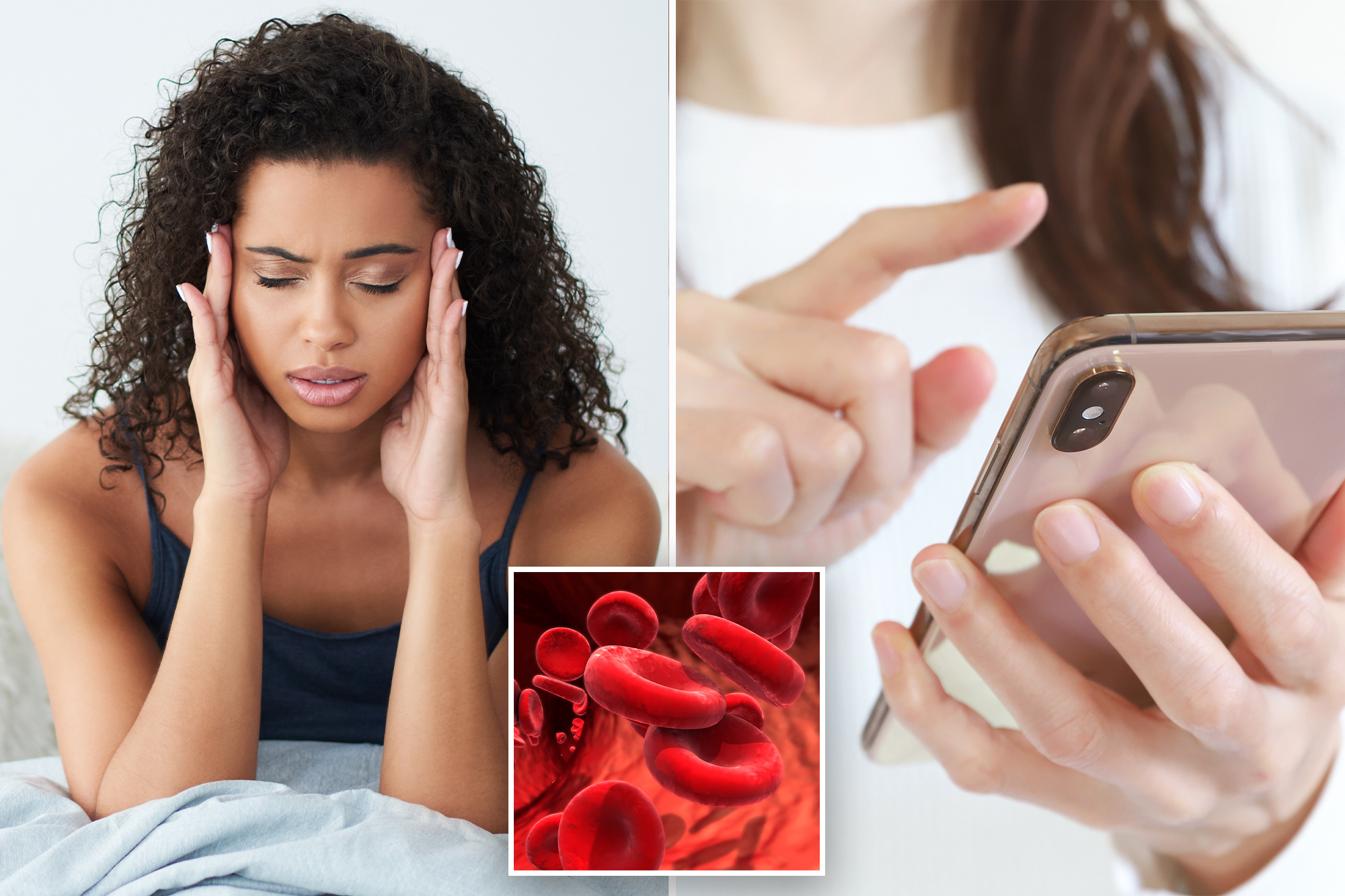They are trying to put the “care” in the manicure.
Researchers at the Emory and Georgia Tech University developed an application for smartphones to analyze anemia through images of a person’s nail beds instead of the conventional blood test.
Anemia, which is believed to affect more than 2 billion people worldwide, occurs when someone does not have enough healthy red blood cells or hemoglobin to bring oxygen to body tissues.
The color of the nail bed reflects the amount of hemoglobin in the blood. Hemoglobin is the protein of red blood cells that carries oxygen through the body and gives blood its red hue.
When hemoglobin levels fall, nail beds appear more sticks.
The algorithm fed by the new application was tested by more than 9,000 users, the selfies of the nails were compared to the results of clinical blood tests.
A few seconds of sending a photo of the nails, technology estimated hemoglobin levels with significant accuracy.
When a 12.5 g/d hemoglobin threshold is used to identify anemia, the application achieved 89% sensitivity and 93% specificity, parish numbers with traditional screening methods.
For those with chronic anemia, there is a “customization feature” in the application that can be calibrated in a user’s reference line by introducing hemoglobin results confirmed by laboratory next to the application estimates.
After personalization, the application performance approached the levels seen on medical devices erased by the food and medicine administration for the measure of non -invasive hemoglobin.
The results of this study were published this month in The Proceedings of the National Academy of Sciences.
Technology, now licensed in Sanguina, has been publicly discharged and used more than 1.4 million times in the United States.
Traditional anemia tests require blood work, access to the laboratory and, in most cases, insurance coverage.
The team behind the application is hoping that it will be revolutionary for those with chronic conditions such as kidney disease, cancer or nutritional deficiencies that require regular hemoglobin control.
Symptoms of anemia It includes fatigue, weakness, cold limbs, chest pain, pale skin, loss of appetite, breath shortage, full of heads, headaches and desires of non -nutritious objects such as ice, soil, paper and even clay.
The widespread use of the application has revealed patterns of geographical and demographic anemia.
Android users, who usually spend less on their devices than iPhone users, showed lower levels of hemoglobin, which suggests a link between revenue and anemia.
A subsequent analysis shows that higher median revenue sites, higher percentages of black residents, larger populations and more primary care physicians for resident had more applications users.
Researchers maintain that the application is not intended to replace medical care, but to support screening and monitoring, especially for those with chronic anemia and those who live in remote or despised communities.
And screening has never been more critical.
Iron deficiencies such as anemia compromise the immune system, which makes it harder for the body to fight against diseases. In addition, research has found that anemia is present by 30% to 75% of patients with colorectal cancer.
#Smartphone #Apps #Screens #bloodstream #related #nail #photo
Image Source : nypost.com
